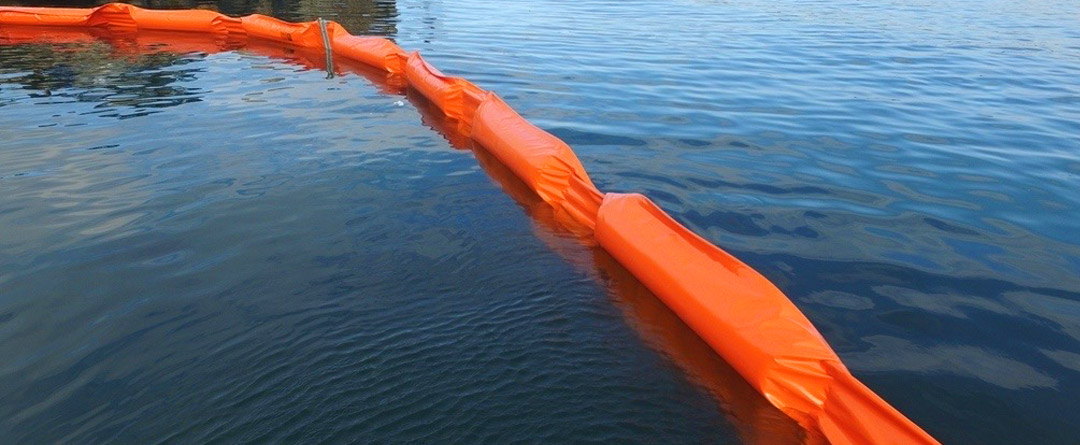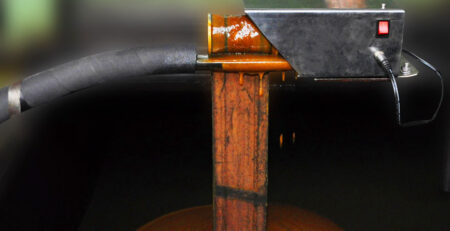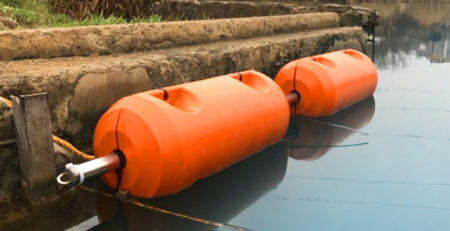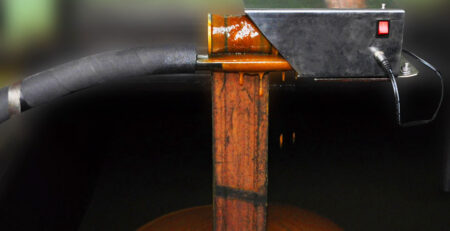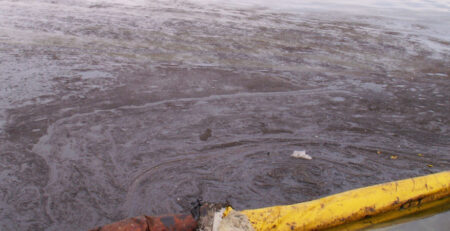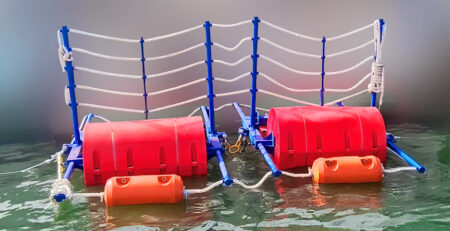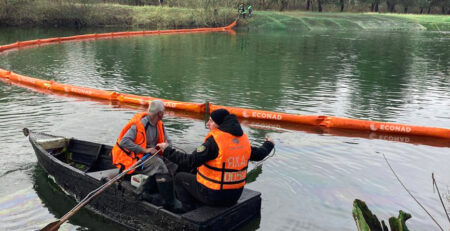Permanent buoyancy booms: design and application
Permanent buoyancy booms play a key role in protecting water bodies from pollution, especially during oil spills. They create a barrier that prevents the spread of oil products, directs them to collection areas and protects critical areas. Thanks to various design features, these barriers are used in a wide range of conditions – from small harbors to the open sea.
Main functions of permanent buoyancy booms
Containment booms perform several key tasks:
- Oil containment and containment – prevent the spread of contaminants by creating a confined area that facilitates oil recovery.
- Flow redirection – allow oil slicks to be redirected to collection areas where contamination can be removed by vacuum pumps, tanker trucks and other methods.
- Protecting sensitive sites – prevent oil from entering ports, water intake stations, protected natural areas and other sensitive sites.
Construction of permanent buoyancy boom sections
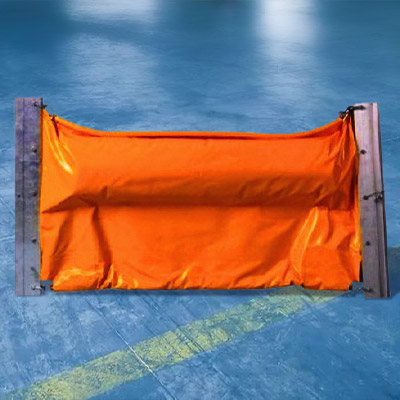
Booms are designed to meet different operating conditions, which determines their dimensions, materials and design features. Depending on the area of application, both light mobile and massive open sea barriers are used.
Main design elements:
- Overwater skirt – prevents oil from overflowing over the barrier, creating an effective shield against waves and wind.
- Subsea skirt – prevents the escape of contaminants, reducing the likelihood of further spread of oil.
- Buoyant Elements – maintains the barrier at the water’s surface by utilizing sealed compartments, foam or special buoyant materials.
- Reinforced tie-downs – allow barrier sections to be securely fastened together to form the required length, and are also used for towing and anchoring.
- Ballast system – includes chains or weights that maintain a stable vertical position of the barrier even in rough seas.
- Longitudinal tensioning elements – steel cables or chains built into the structure provide stability of the barrier against wind and currents.
Flexibility and rigidity of booms
Booms must have a balance between flexibility and rigidity. They must be agile enough to adapt to wave motion but still retain their shape to prevent oil spillage. Some structures, such as booms and rigid booms, are not able to follow waves effectively. In such cases, the above-water portion of the boom may submerge and the underwater skirt may rise to the crests of the waves, allowing oil to escape the barrier. For this reason, such structures are recommended for use only in calm waters where wave action is minimal.
Варианты исполнения
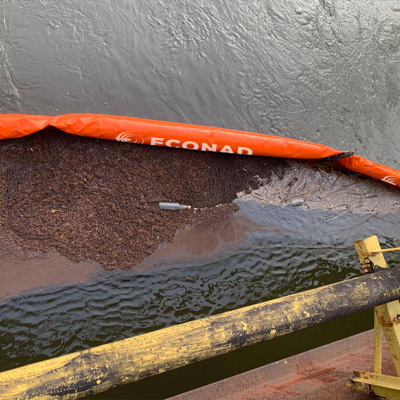
- Lightweight mobile barriers – used in ports, harbors and inland waterways, easily deployed by hand and transported without special equipment.
- High-strength offshore barriers – designed for use on the high seas, can withstand strong waves and require specialized deployment equipment such as reels, cranes and towing vessels.
Conclusion
Permanent buoyancy booms are an indispensable tool in the fight against oil spills. A variety of designs and materials allows to adapt them to specific conditions, providing effective protection of water bodies. Modern technologies improve the characteristics of barriers, increasing their stability, durability and ease of use.

